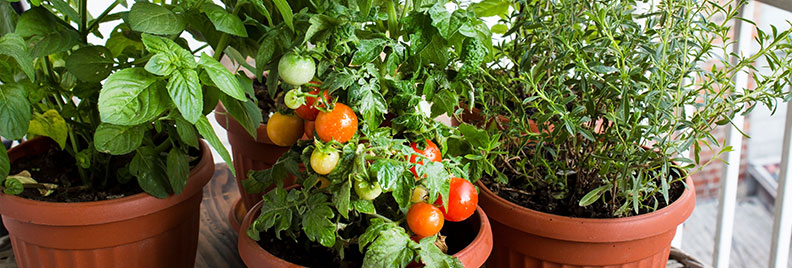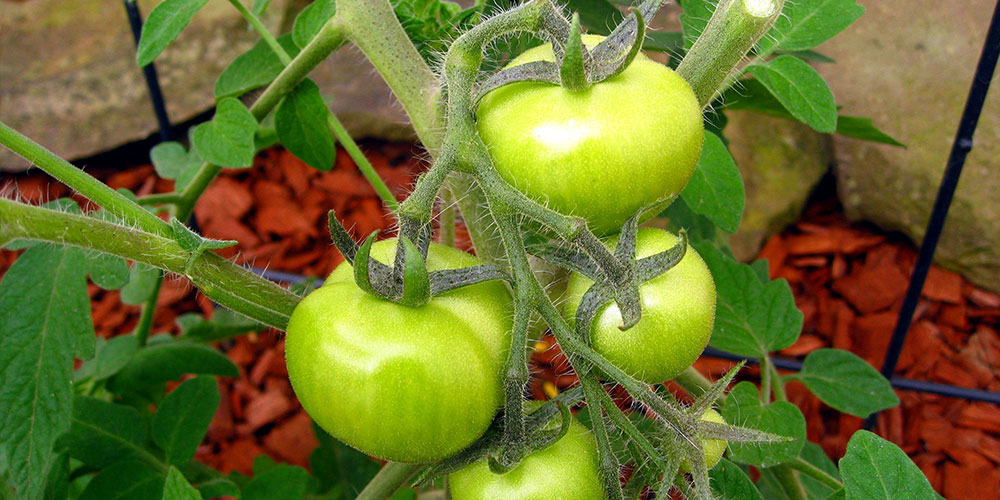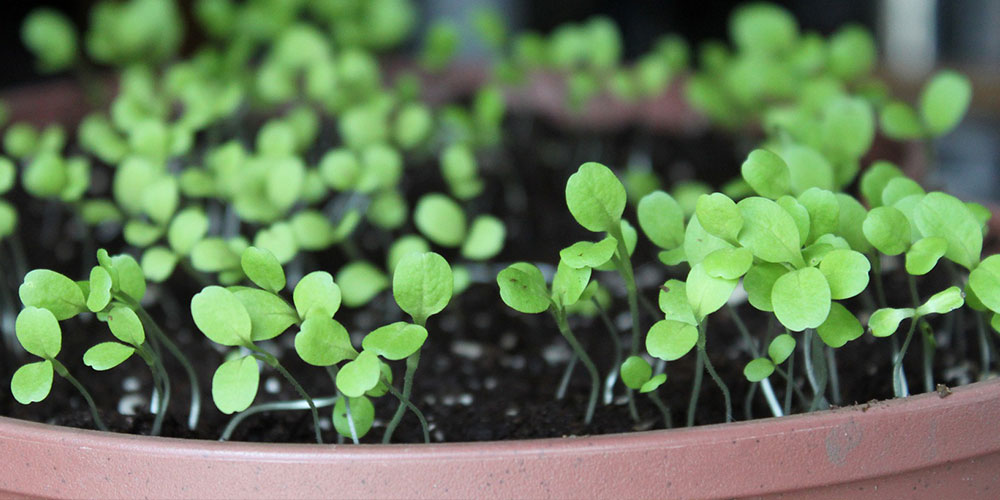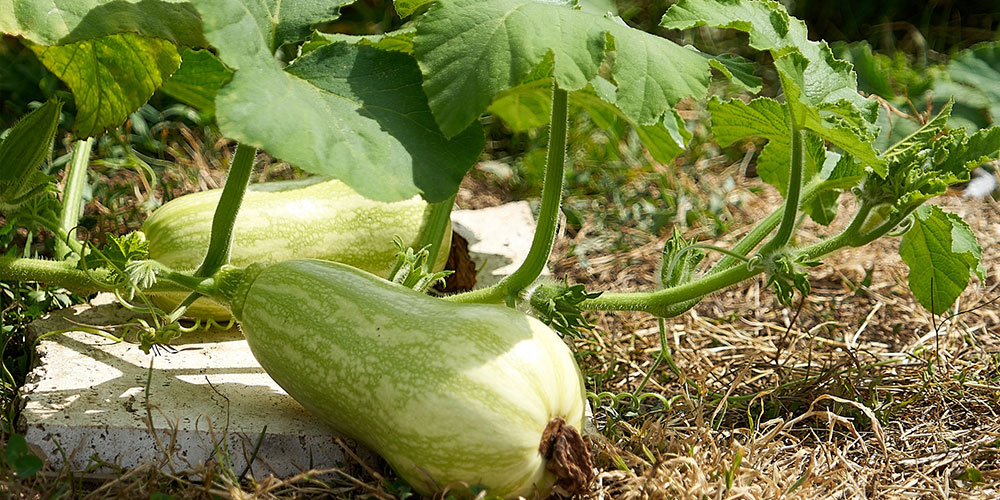
When to Plant an Edible Garden in Texas
Advantages of Edible Gardening
Frost Date
Seeding Indoors
Growing Outdoors
Backyard edible gardening has been picking up steam in Texas over the last few years, with folks of all walks of life making the most of their garden space, no matter how big or small it may be. Somehow, eating healthy is just so much easier and more exciting when you’re raising your own fruits and vegetables at home – plus it provides unbeatable flavor you just can’t buy at a store.
Cultivating an edible garden does require a little research around which plant varieties you can reliably grow in our climate, soil amendments, pest and disease control, and general plant care (which all sounds much more difficult than it is). But most importantly, you’ve got to figure out timing for when to plant your edibles. Just like a cringey pun or a naughty joke, timing is everything! The timing of seeding can make or break your edible garden dreams for the upcoming season, so follow these tips to ensure perfect delivery.
Advantages of Edible Gardening
With so many advantages to edible gardening, it just makes sense to hop on the bandwagon!

- It gives you access to the most nutrient-rich produce. Fruits and veggies lose their vitamins after being picked, so when it’s straight from the garden you’re getting the best of the best.
- You can experiment with exotic plant varieties that are tough to find at your everyday supermarket.
- It provides low impact exercise that’s seriously meditative (and much cheaper than a yoga studio membership)!
- You can share the extra harvest with friends and family, making you the most popular in your social group.
- $$$. There’s less trips to the grocery store, less plastic bags used, and more money in your pocket!

Frost Date
Expert farmers consider the last frost date of spring as the green light for getting your seeds in the soil. Texas is comprised of zones 6 – 9, and the last frost date varies from early February till late March depending on which zone you’re in. Here in Houston, we sit comfortably between zones 8b in the north and 9b in the south, and our last frost date is usually expected around February 17.
According to Texas weather statistics, there is a 10% chance that frost can occur after the forecasted frost date. So just to err on the side of caution, it doesn’t hurt to tack on an extra week to your seeding schedule if you’re planning on sowing your seeds directly in the ground. If not properly protected, your germinated seedlings will freeze and die out before the season even starts, which can be just as heart-wrenching – and frosty – as the final scene of the Titanic (just move over, Rose!).

Seeding Indoors
Aside from a few varieties that prefer direct sowing in the ground, such as pumpkins, most vegetables that grow in Texas can be planted indoors and transplanted once the weather is warm enough. There are a few benefits to this:
- You get an early start, which means more fruit and veggies to enjoy all season.
- You can pluck out the weaklings and focus on developing the strong seedlings.
- You can protect those seedlings from getting frozen like Leo in the event an unexpected frost shows up.
Edibles to start inside are: Broccoli, Cauliflower, Beets, Cabbage, Kale, Lettuce, Peas, Spinach and Tomato first. Follow this by seeding Brussel Sprouts, Cucumber, Onions, Peppers, Leeks and Squash inside, as well. Follow the package instructions for exact germination times and transplant these bad boys well after the risk of frost – about mid to late March.

Growing Outdoors
Beans, carrots, corn, and squash can be planted straight outdoors as soon as the soil gets warm. These seeds are happiest in soil temperatures of around 70°F to germinate, which you can check with a soil thermometer.
If your veggies are looking a little weak come harvest time, just remove them and plant some fresh seeds directly in the ground instead of indoors. All the vegetables mentioned above can be planted again as late as mid-August, and it will still give a plentiful harvest before the first frost date, that usually falls from anywhere between the first week of November to early December. That’s one of the best parts of living down here – we’re lucky enough to have a long enough growing season that if you make a goof on the first attempt, there’s always time to give it another go!
